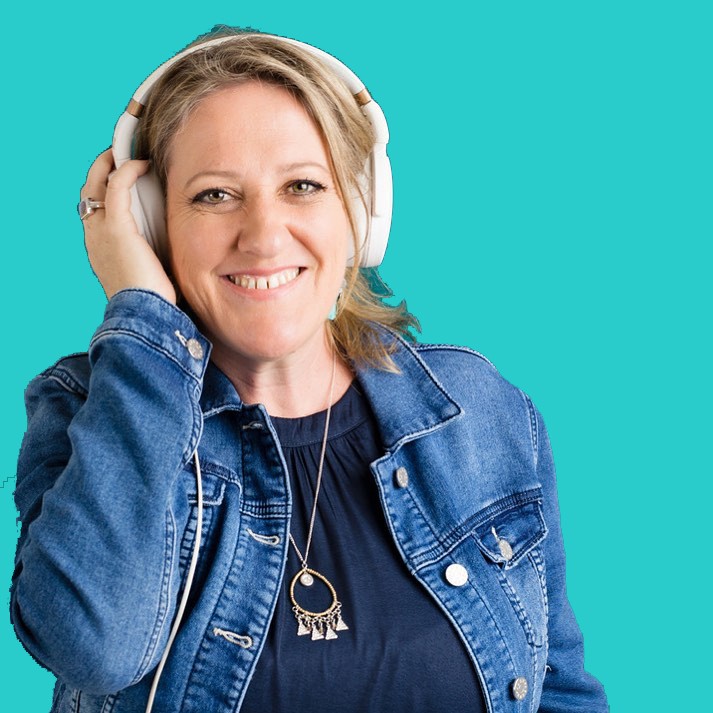Podcasting is becoming more and more popular as an alternative to blogging.
It’s more engaging and your listeners can follow your topics while multi-tasking eg while they’re driving, exercising, shopping or just doing menial tasks around the house. This means that you have a high chance of creating lots of buzz and engagement around the topics you discuss, and even though podcasting has been around for a while, it is still growing. Of course, launching a great podcast is not as easy as starting a blog. It’s imperative to work through a process to create a successful podcast.
You have to have a strategy, find your podcasting voice, edit the audio and deliver a final product which not only deals with interesting topics, but also a good sound quality.
Below are some of the most important steps you should take if you want to launch a podcast in order to enjoy the maximum possible engagement and attract lots of followers.
1 Brand and Own Your Podcast
Although it may make sense to start out using a free platform such as Spotify for Podcasters, you should own your podcast from its launching date. Find a catchy and relevant brand name for it, create an eye-catching cover artwork, purchase the licence for a piece of royalty-free music and publish your podcast on your own website. This is the best way to attract your listener’s goodwill and trust, because they will learn to recognise and identify with your podcast brand image.
2 Pick a Format
Your podcasts should be easy to recognise by their specific format. This is a part of branding your podcasts.
- solo episodes, interviews or a combination of both
- your tone of voice (professional, funny, relaxed)
- develop an intro and outro that you will use in all your podcasts
- let the listener know at the beginning the topics covered in the episode.
3 Determine Your Publishing Schedule
Consistency is key when publishing your podcast episodes. Choose your regularity (weekly or fortnightly), pick a day of the week and time and stick to this schedule as your listeners will appreciate the consistent release.
Sign up to a good hosting platform where you will publish the episodes and it will automatically send each episode to the integrated directories like Apple Podcasts, Spotify, Amazon, YouTube etc. I recommend Captivate FM, Libsyn and Buzzsprout.
4 Get the Right Equipment and Become Familiar with It
You don’t need to spend a lot of money on equipment to get started. However, I do suggest that you spend a little on purchasing a good microphone – audio quality is everything in the busy world of podcasting so investing in a USB mic is highly recommended.
Click here to see my guide for equipment recommendations.
5 Edit Your Audio
Last but not least, your podcasts should have great sound quality. There are lots of easy and non-expensive options now and one that I highly recommend is Descript – and now that they have partnered with Squadcast, you can record your audio and video episode, and edit in Descript easily. Also, check out Auphonic to finalise the editing process and polish the final product as well as adding ID3 tags – it can also produce AI show notes and transcripts.
- Run a noise reduction process if necessary
- a smooth transition between two different sections
- deleting any errors
- removing ‘umms’ and ‘aahs’ (that is a personal choice if you want to leave them in or take them out). I think if the conversation flows naturally and they aren’t too annoying, just leave them in there.
If the thought of the audio editing does your head in, outsource that part of the production process. There’s no reason why your podcast should sound any less polished than those of experienced podcasters.
Note: this article includes some affiliate links but I only recommend products I have used and trust.
